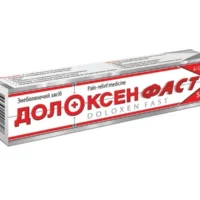Description
Lidocaine 100 Ampoules 2% 2 ml
Ingredients:
- Each 2 ml ampoule contains 2% Lidocaine.
Dosage:
The dosage of Lidocaine should be determined by a healthcare professional based on individual factors. It is typically administered topically or via injection.
Indications:
Lidocaine is indicated for local anesthesia in various procedures. It works by blocking nerve signals in the body.
Contraindications:
Do not use Lidocaine if you are allergic to it or have certain heart conditions. Consult a doctor before use.
Directions:
Follow the instructions provided by your healthcare provider for the correct usage of Lidocaine. It is for external use only.
Scientific Evidence:
Lidocaine is a widely studied medication with a long history of use in clinical practice. Research has shown its efficacy in providing local anesthesia with a rapid onset of action. Studies have demonstrated the safety and effectiveness of Lidocaine in various medical procedures, making it a valuable tool for healthcare providers.
Additional Information:
- It is important to store Lidocaine according to the instructions to maintain its stability and potency.
- Always check the expiration date before use.
- If you experience any adverse reactions, discontinue use and seek medical attention.
Pharmacologically, Lidocaine works by inhibiting the influx of sodium ions through voltage-gated sodium channels in nerve fibers, thereby preventing the generation and conduction of nerve impulses. This action results in reversible local anesthesia, making it a commonly used medication in various medical settings.





